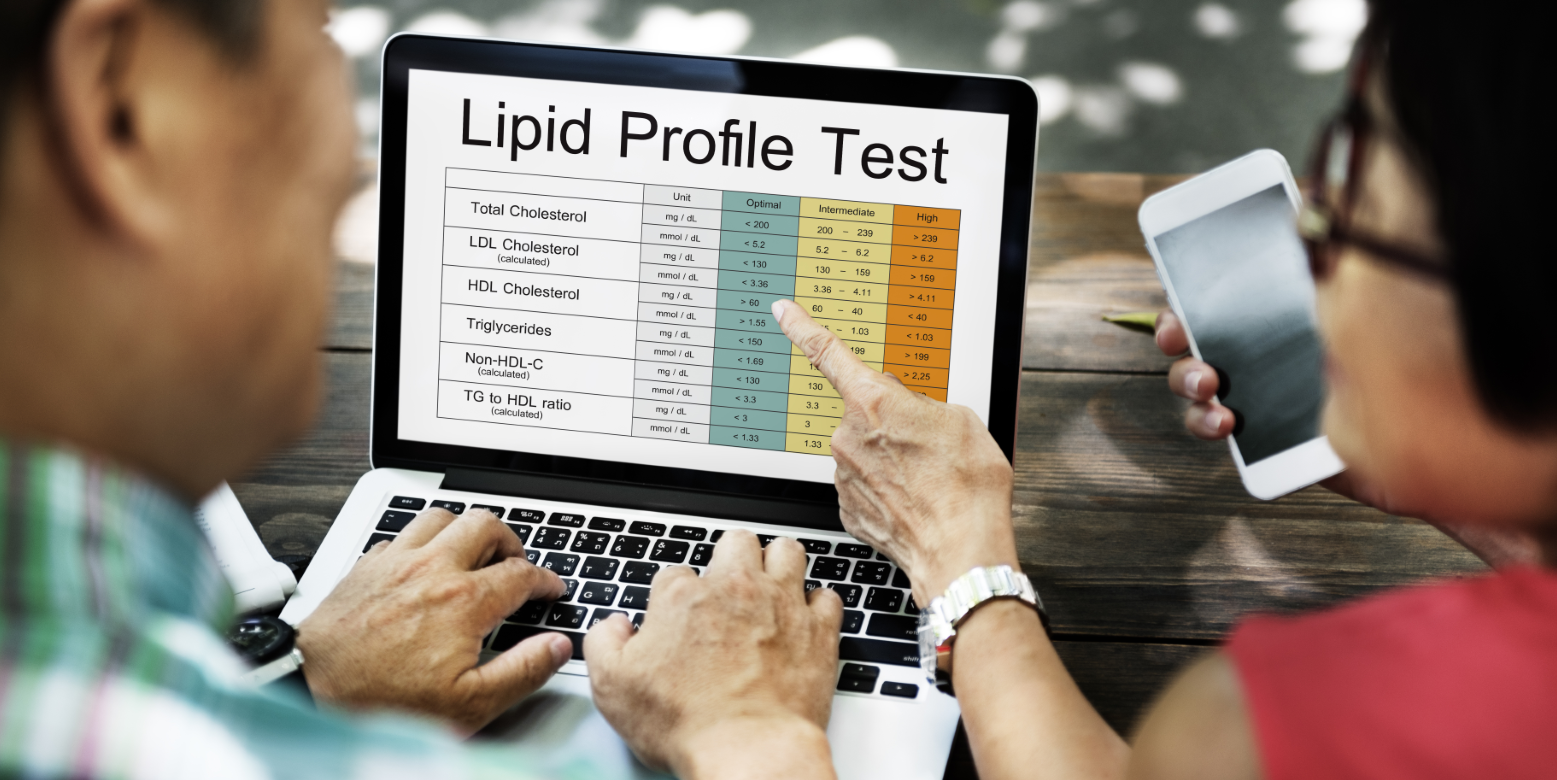National Triglycerides Day
“Life is a journey that must be travelled no matter how bad the roads and accommodations.” Oliver Goldsmith.
National triglycerides day is celebrated on March 28th and is a reminder of how beautiful life is and the amazing things it has in store for all of us. We need to trust the wisdom of our grandmothers and great grandmothers when they advised consuming fat in the form of ghee/butter. Not all fats are bad and it’s best not to fall for fad diets!
What are triglycerides?
Triglycerides, simply put, are fat in the blood. They provide energy to our body while the extras get stored in different parts of the body. It is also referred to as cholesterol. It must be noted that cholesterol is found not only in overweight people but also in thin people. Cholesterol is made up of two things - fat and protein. There are three kinds of cholesterols: bad cholesterol, good cholesterol and very bad cholesterol. HDL or good cholesterol is High-Density Lipoprotein that has more protein and less fat with a heart-protecting effect. LDL (Low-Density Lipoprotein) is called bad cholesterol as it has more fat and less protein. It plays a role in the making of hormones and in synthesizing Vitamin D. VLDL (Very Low-Density Lipoprotein) or very bad cholesterol is the one we should be concerned about as it has very high fat and very less protein.
Cholesterol is an essential raw material required in the creation of the lining of our cells. Low levels of cholesterol over a long period of time impact our brain cells. In fact, one of the reasons for Alzheimer’s is chronic cholesterol deficiency, particularly among those on perpetual fat-free diets or on statins to control cholesterol levels. Therefore an intake of the right kind of fats is a preventive method to generate and maintain healthy, cellular growth.
Does eating fatty food increase cholesterol?
Natural fatty food has cholesterol but it is good for us when taken in required amounts. It is packaged fatty food that causes harm and should be avoided.
What are normal and high triglyceride levels?
The National Cholesterol Education Program sets guidelines for triglyceride levels:
Normal levels: Less than 150 milligrams per deciliter
Borderline high:150 to 199
High: 200 to 499
Very high: 500 or more
What can you do at home to deal with high triglycerides?
Moderate exercise: Try to exercise 5 or more days each week
Watch your weight: If you’re carrying extra weights, losing 5% to 10% of your weight can lower triglycerides
Eat less bad fats and carbs: Avoid saturated and trans fat found mainly in deep-fried, packaged snacks, decrease carbohydrate intake, increase vegetables, non-vegetarians can include more fish in their diet in place of meat
Reference: https://www.webmd.com/cholesterol-management-Ramya Raghavan
Make it stand out



